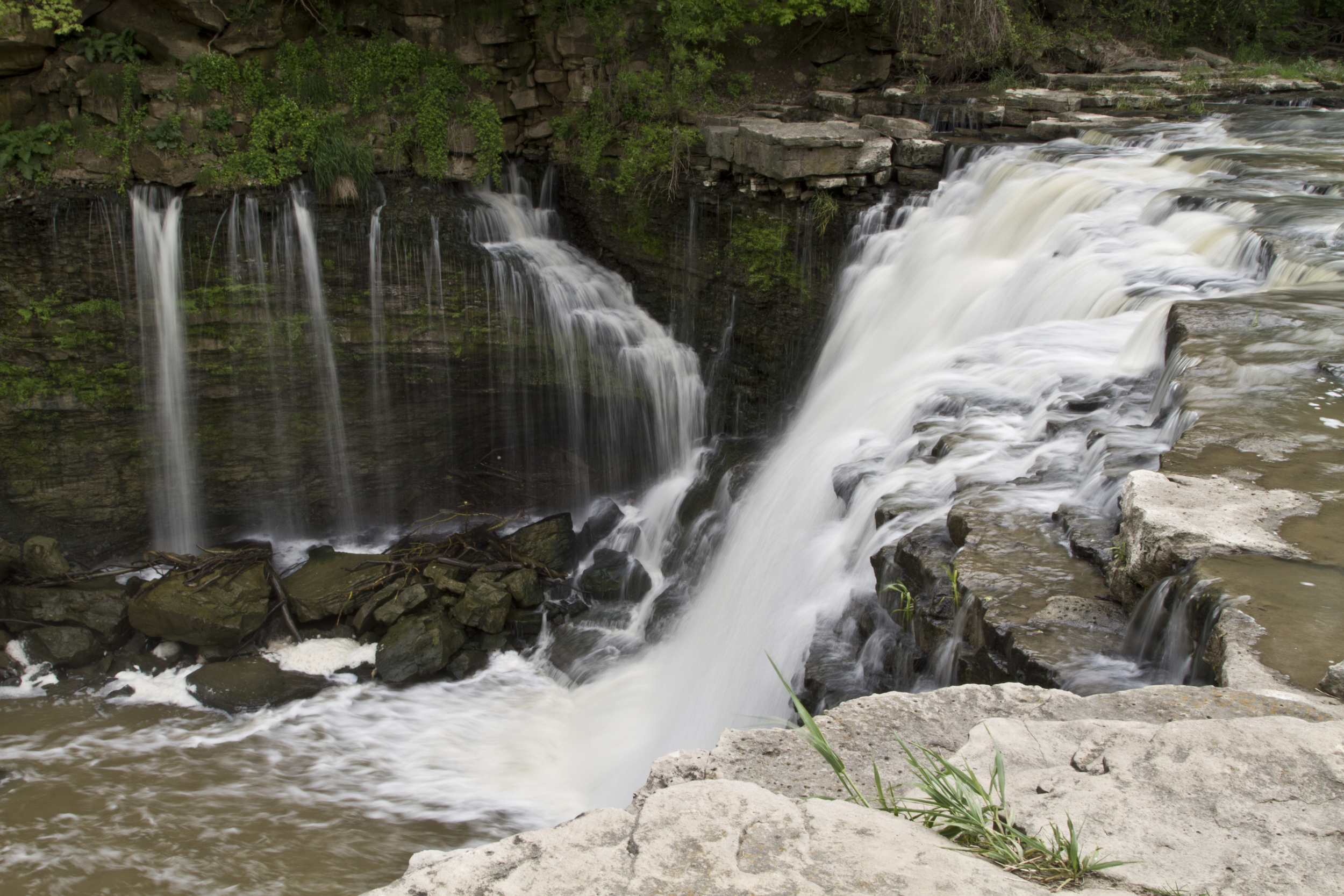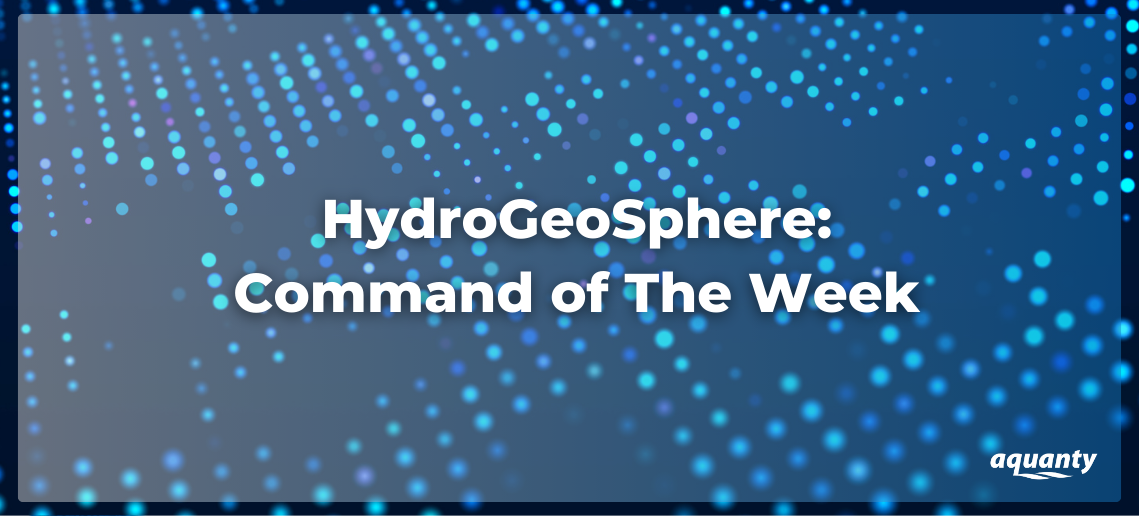

'use tabulated unsaturated functions'
This post describes how to use the use tabulated unsaturated functions command, introduced in the May 2022 release (Revision 2397) of HydroGeoSphere, to streamline the implementation of tabular constitutive relationships for unsaturated flow. By automating the process of generating and applying unsaturated tables, this command reduces manual steps and can improve model runtimes. However, in some cases, using unsaturated tables may introduce additional computational overhead. We find this command particularly useful for users working with van Genuchten or Brooks-Corey functions who want to optimize performance while maintaining accuracy.




HGS RESEARCH HIGHLIGHT – Transit-Time and Temperature Control the Spatial Patterns of Aerobic Respiration and Denitrification in the Riparian Zone
The paper highlighted this week introduces a novel method of implementing temperature-dependent reactions in a HydroGeoSphere solute transport model by pairing a Lagrangian flow path-reaction model to the results of a 2nd order Runge-Kutta particle tracking analysis.

Particle Tracing
This post describes how to use particle tracing in HydroGeoSphere, introduced with the release of HGS revision 2385 (April 2022). This new capability allows users to track the movement of massless particles through the subsurface domain, providing valuable insights into flow patterns and transport processes. Conceptually, particle tracing helps visualize how water moves through the system, making it a powerful tool for analyzing groundwater flow and solute transport. We find this feature particularly useful for understanding complex flow dynamics.


HGS RESEARCH HIGHLIGHT – Finite-volume flux reconstruction and semi-analytical particle tracking on triangular prisms for finite-element-type models of variably-saturated flow
The poster highlights some very interesting research at the nexus of physics based integrated hydrologic modelling (using HydroGeoSphere) and machine learning/artificial intelligence techniques. Here the authors have paired an HGS model of the South Nation Watershed (SNW) with a Random Forest (RF) algorithm trained to predict spatially varying concentrations of nitrate and E. Coli throughout the watershed. For a completely novel approach toward large scale water quality prediction, the results were very encouraging!

HGS RESEARCH HIGHLIGHT – Predicting Watershed Scale Surface Water Quality Targets With a Combined Fully-Integrated Groundwater-Surface Water Model and Machine Learning Approach
The poster highlights some very interesting research at the nexus of physics based integrated hydrologic modelling (using HydroGeoSphere) and machine learning/artificial intelligence techniques. Here the authors have paired an HGS model of the South Nation Watershed (SNW) with a Random Forest (RF) algorithm trained to predict spatially varying concentrations of nitrate and E. Coli throughout the watershed. For a completely novel approach toward large scale water quality prediction, the results were very encouraging!

Visualizing Models Components Using to Tecplot Commands
This post describes how to use Tecplot export commands to visualize model properties and structures without running a full simulation. Commands like mesh to tecplot, K to tecplot, and channels to tecplot allow users to quickly inspect their model setup by generating Tecplot-formatted files directly from grok.exe. These commands are particularly useful for reviewing mesh structures, material properties, and domain features like fractures and channels before committing to a full model run. We find these tools extremely helpful for catching errors early and streamlining the model-building process.
